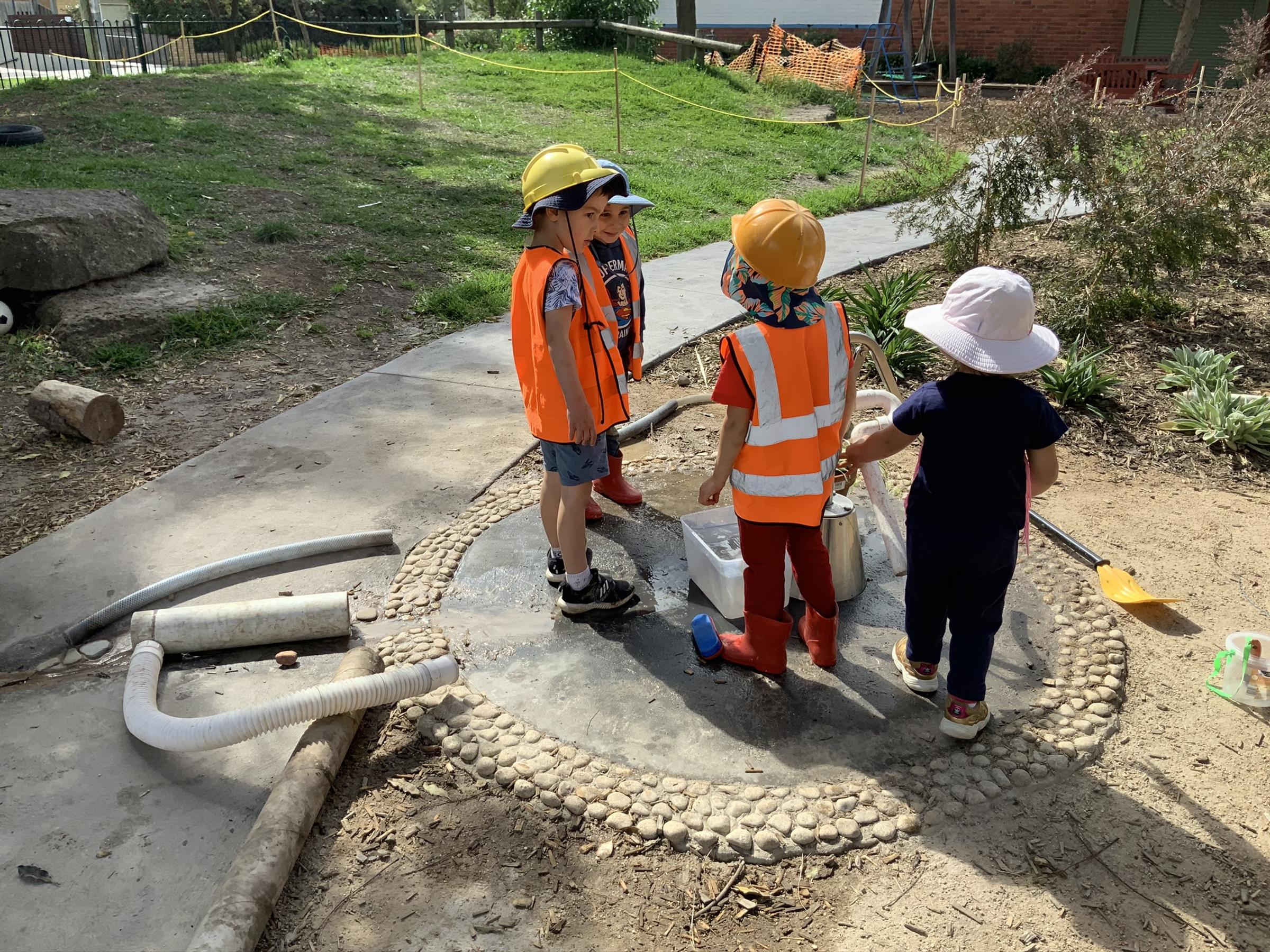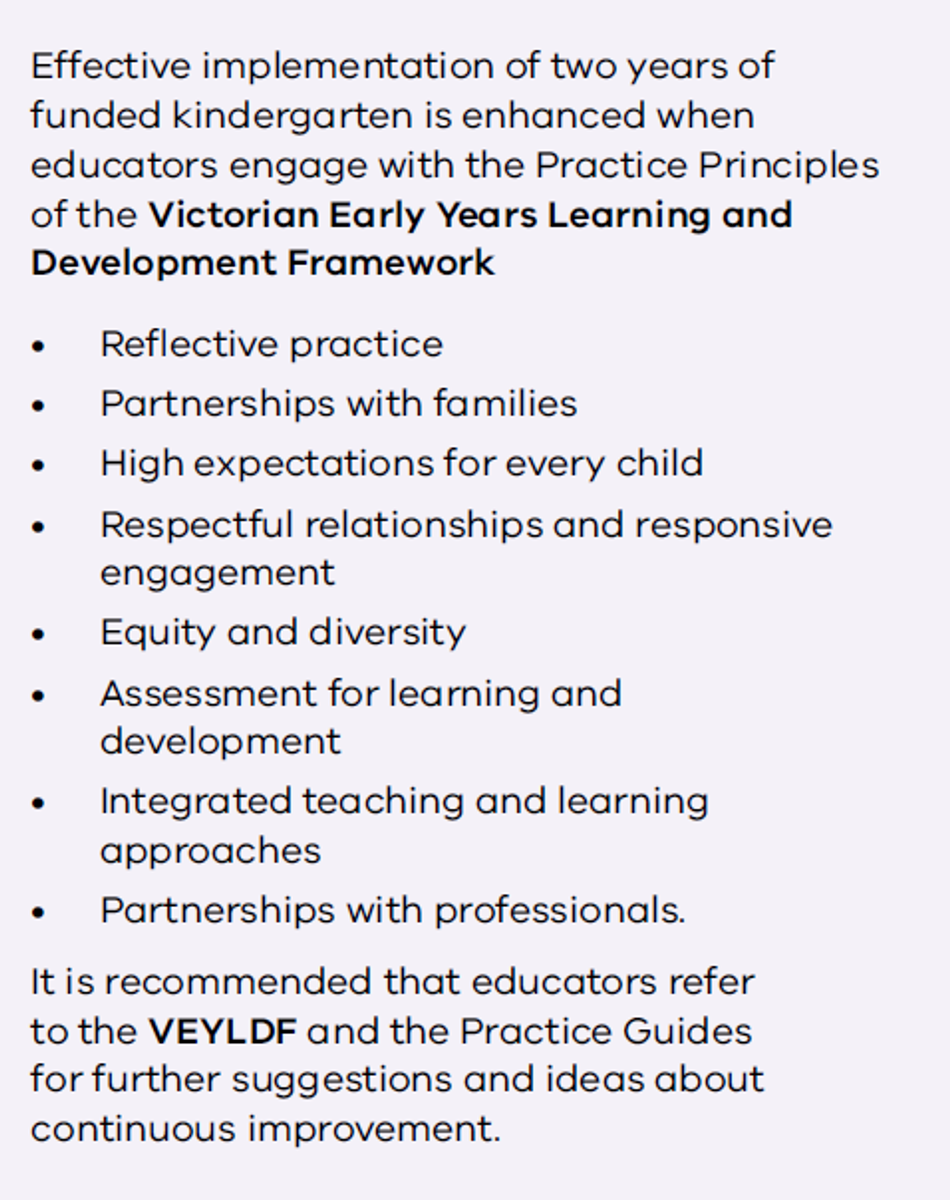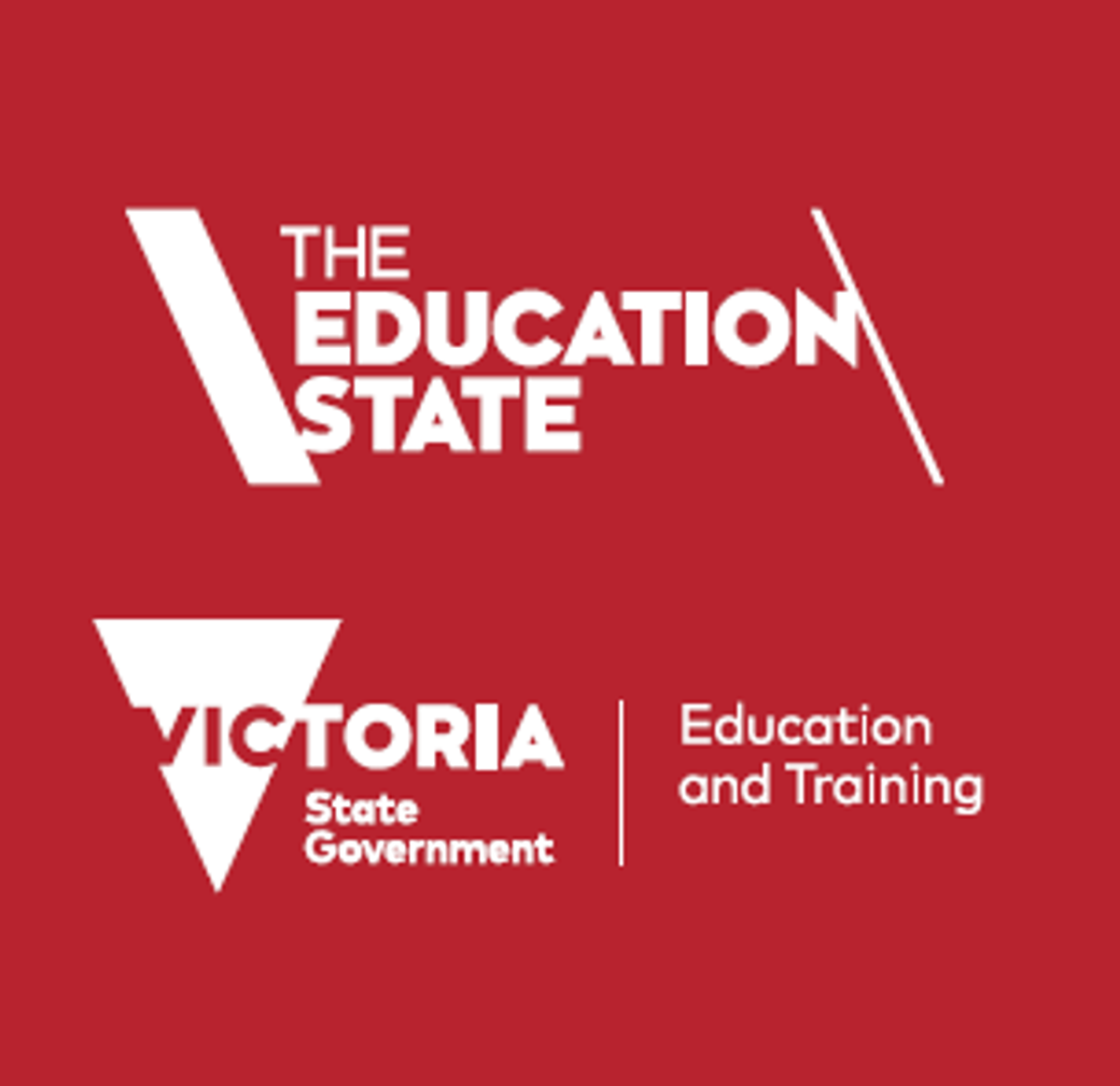Multi Age Groups

Working with Mixed Age Groups
Viewing children as active participants and decision makers opens up possibilities for educators to move beyond pre-conceived expectations about what children can do and learn. This requires educators to respect and work with each child’s unique qualities and abilities.
The Early Years Learning Framework for Australia p9 Why it matters
Multi-age groups that bring together children aged three to five-years-old, offer unique opportunities for learning and development. Children in these settings benefit from learning from younger or older peers, and build stronger social skills that can be used as they grow older.
With the implementation of two years of funded kindergarten, programs may now include children of different ages. While this model is familiar to many educators, others will need to work with colleagues as they consider new practices that respond to the needs of all children.
Making multi-age groups work for all children requires educators to offer flexible spaces and differentiated experiences that allow them to learn at their own pace with individual support. In such environments with the active support of educators, children can be supported to access resources, materials and experiences that match their interests and skills as well as those that challenge them to extend their capabilities. Children in multi-age groups will develop friendships and engage in learning just as they would in same age settings, with the added bonus of being able to access peer support and lead learning for other children. These opportunities offer children the opportunity to develop more sophisticated social skills.
Practical tips to support multi-age groups:
- Listen carefully to families’ hopes, concerns and questions. Establish diverse and sustained mechanisms to listen to families about what they hope for their children’s learning.
- Take some time to discuss multi-age groupings– particularly if this is new for the educator team. Use the reflective questions to talk about multi-age groups before the program starts and throughout the year.
- Communicate learning strategies with families. There may be questions about the learning that can take place when there are children of different ages in the same group.
- Use your regular staff meetings to discuss the needs and interests of all children. Plan specific and responsive strategies to support all children to actively participate.
- Establish a culture of nurturing and care between the children. Use intentional teaching strategies to encourage children to look out for and support each other when they experience difficulty.


